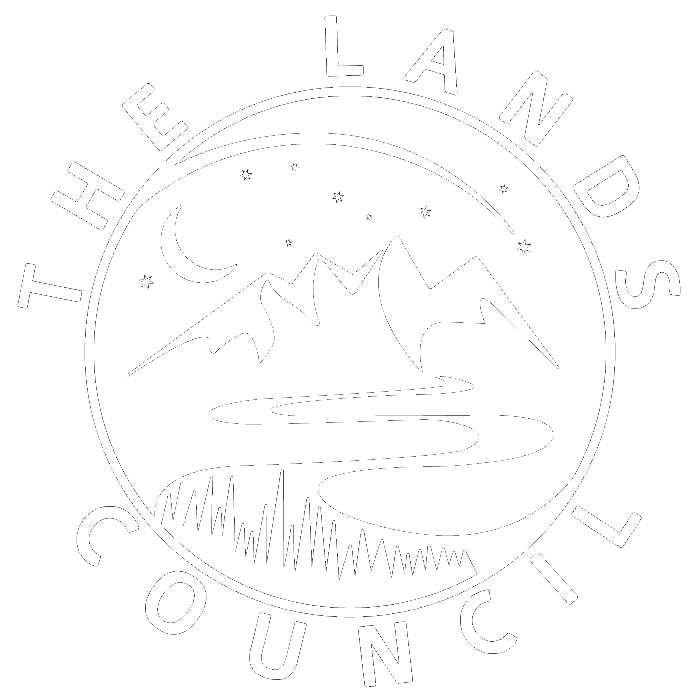By Laura Ackerman
1. A pot resting on a paver has created a little hole for creatures, like the snake for shelter. I found the snake there.
2. My daughter holding a young yellow-bellied racer or Coluber constrictor mormon.
3. The remains of a pocket gopher nest.
4. Mother frog Pseudacris regilla (in English a Chorus Frog, although some people still call them tree frogs). She is hanging in my pond.
The United Nations has declared 2021 to 2030 the Decade of Ecosystem Restoration.
I am getting an early start on my small farm. It's just a tiny, tiny piece of the Earth but it's still a part of the world that can offer shelter to often overlooked and under-appreciated creatures. The Lands Council has been doing restoration for a few decades now. It helps mitigate climate change among many other benefits.
The pollinator garden on my farm is growing. Some of the flowers I have around the farm for pollinators are several varieties of thyme, heart leafed crambe, dames rockets (one of its many common names), blue globe thistle, and red swallow-wort, which is in the same genus as milkweed, and has several common names. Butterflies love them as they do the dames rockets.
If you just have a small place, you can still do a lot of good for our necessary pollinators. Planting perennial herbs like oregano, thyme, mint, borage, chives, and lavender help pollinators. I let some of my basil, parsley, chives and dill go to flower. Insects love them. And I can save the seed for next year. Annual flowers, like white alyssum are wonderful. Native plants are often a great choice, and they provide food and shelter for birds and other animals. I always let my dandelions flower even though they are not native. Plus pollinators like vegetables as well. Planting flowers with veggies is a great practice.
Read this publication from WSU for more info and you can ask a WSU Master Gardner for more information about plants for pollinators. You can also go online to learn about the Xerces Society for Invertebrate Conservation out of Portland, Oregon.
Cities are wonderful places for pollinator gardens and we should all advocate for them in our parks and parking strips. Here is just one study (out of many I have read).
Flowers+veggies+pollinators+parks+science+learning+nature = HAPPY!
In this time of COVID, we need some good nature in our urban areas to share with our non-human earthlings. Pollinator gardens can easily be made or mostly made of drought resistant plants. Read this study on ornamental plants and pollinators. Let your elected officials - Councilwoman Lori Kinnear is on the Spokane Parks and Recreation Board - know you support pollinator gardens in urban parks.
This is a quick study about urban green spaces.
Next month, I’ll write more on the wild roller coaster of oil prices and storage, but June is a great time to get your pollinator garden planted. Meanwhile, contact me with questions or comments at lackerman@landscouncil.org.
Laura




